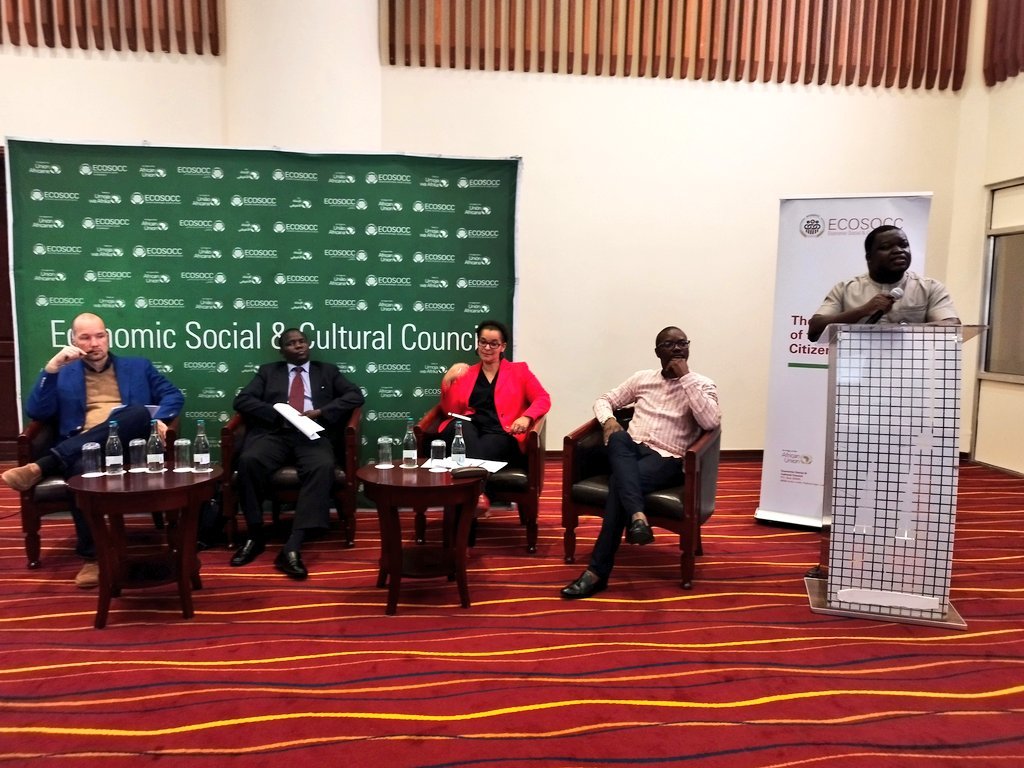Challenges journalists face in the implementation of AFCTA
Africa has slowly been opening up and becoming a business hub. The biggest beneficiaries have been Africans with 80% of migration being from one African country to the other. This migration brought about the idea of letting the countries trade amongst themselves recognising how rich the African continent is. The AU took over the initiative under the Economic, Social & Cultural Council (ECOSOCC). The ECOSOCC then formulated the Africa Continental Free Trade Area (AFCFTA).
What is AFCFTA?
The AfCFTA is the world’s largest free trade area bringing together the 55 countries of the African Union (AU) and eight (8) Regional Economic Communities (RECs). The overall mandate of the AfCFTA is to create a single continental market with a population of about 1.3 billion people and a combined GDP of approximately US$ 3.4 trillion. The AfCFTA is one of the flagship projects of Agenda 2063: The Africa We Want, the African Union’s long-term development strategy for transforming the continent into a global powerhouse.
In the recent meeting held on September 12th, 2023 in Nairobi Kenya. The ECOSSOC, GIZ and Eastern Africa Editors Society came together to partner and bring media editors up to speed on implementing the AFCFTA. This forum was eye-opening to all stakeholders as they all learned where they’ve been failing.
Journalists on their end expressed their frustrations in regard to travelling to some African countries. This was due to some being denied entry to some countries, having their equipments confiscated, facing threats and intimidation and some getting arrested.
There was a call for governments to allow journalists to travel and work freely.
By Muhia Robert

